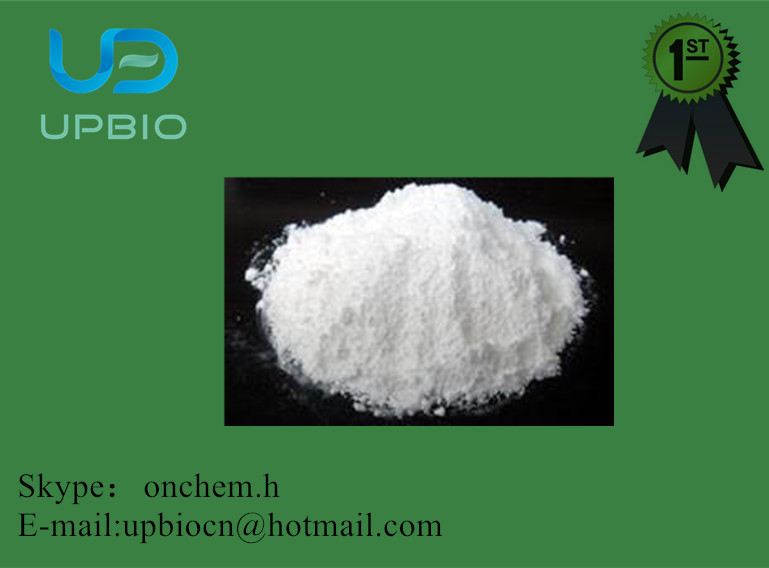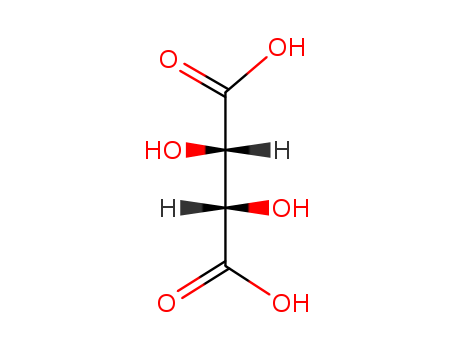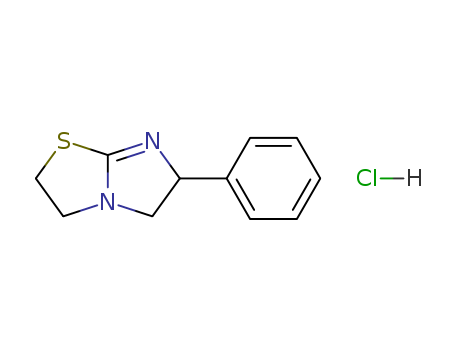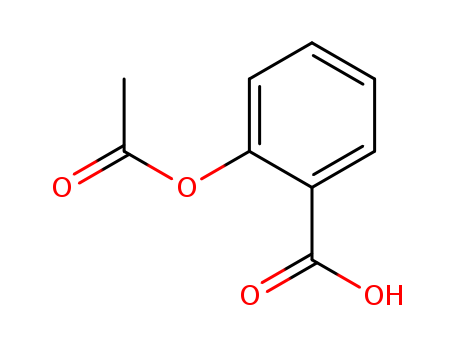
Product Details
Appearance:white solid
Best quality Aspirin 50-78-2 for sale with reasonable price
- Molecular Formula:C9H8O4
- Molecular Weight:180.16
- Appearance/Colour:white solid
- Vapor Pressure:0.000124mmHg at 25°C
- Melting Point:134-136 °C(lit.)
- Refractive Index:1.4500 (estimate)
- Boiling Point:321.4 °C at 760 mmHg
- PKA:3.5(at 25℃)
- Flash Point:131.1 °C
- PSA:63.60000
- Density:1.35
- LogP:1.31010
50-78-2 Usage
Aspirin is a white crystalline, with melting point 138~140 ℃, insoluble in water, soluble in alcohol, ether, etc. It is the most widely used medication in the world which often used as an analgesic to relieve minor aches and pains, as an antipyretic to reduce fever, and as an anti - inflammatory medication. Acetylsalicylic acid may be effective at preventing certain types of cancer, particularly colorectal cancer.
In children and adolescents, aspirin is no longer indicated to control flu - like symptoms or the symptoms of chickenpox or other viral illnesses, because of the risk of Reye's syndrome. The use of Acetylsalicylic acid goes back thousands of years, and there are numerous accounts of the medicinal properties of plants from the Salix (willow) and Myrtaceae (Myrtle) families. Along with sodium salicylate (sc-3520), aspirin has been shown to block the long terminal repeat from the human immunodeficiency virus and the Ig κ enhancer from NFκB dependent transcription.
Definition
ChEBI: A member of the class of benzoic acids that is salicylic acid in which the hydrogen that is attached to the phenolic hydroxy group has been replaced by an acetoxy group. A non-steroidal anti-inflammatory drug with moA cyclooxygenase inhibitor activity.
Waste Disposal
May be flushed to sewer with large volumes of water.
InChI:InChI=1/C9H8O4/c1-6(10)13-8-5-3-2-4-7(8)9(11)12/h2-5H,1H3,(H,11,12)/p-1
50-78-2 Relevant articles
CAST: randomised placebo-controlled trial of early aspirin use in 20 000 patients with acute ischaemic stroke
Zheng-Ming,Chen
Lancet 1997
The Chinese Acute Stroke Trial (CAST) was a large randomised, placebo-controlled trial of the effects in hospital of aspirin treatment (160 mg/day) started within 48 h of the onset of suspected acute ischaemic stroke and continued in hospital for up to 4 weeks.
BiCl3-Facilitated removal of methoxymethyl-ether/ester derivatives and DFT study of -O-C-O- bond cleavage
Pacherille, Angela,Tuga, Beza,Hallooman, Dhanashree,Dos Reis, Isaac,Vermette, Mélodie,Issack, Bilkiss B.,Rhyman, Lydia,Ramasami, Ponnadurai,Sunasee, Rajesh
supporting information, p. 7109 - 7116 (2021/05/03)
A simple method for the cleavage of methoxymethyl (MOM)-ether and ester derivatives using bismuth trichloride (BiCl3) is described. The theoretical results indicate the differential initial binding site preferences of phenolic and alcoholic MOM substrates to the Bi atom and suggest that water plays a key role in facilitating the cleavage of the MOM group.
Synthesizing method of acetylsalicylic acid
-
Paragraph 0059; 0064; 0065, (2019/03/08)
According to the synthesizing method of the acetylsalicylic acid, rare-earth modified solid superacid serves as the catalyst, the salicylic acid and the acetic anhydride serve as the rawmaterials of an acetylation reaction to prepare the acetylsalicylic acid, in the process of the acetylation reaction, the product yield is high, corrosion of the catalyst to equipment is small, pollution to the environment is small, the recyclable rate of the catalyst is high, the product aftertreatment process is simplified, and energy consumption is low.
50-78-2 Process route
-

- 108-24-7
acetic anhydride

-

- 15402-17-2
4'-Methoxy-flavyliumchlorid

-

- 100-09-4
4-methoxybenzoic acid

-

- 50-78-2,98201-60-6
aspirin
| Conditions | Yield |
|---|---|
|
With ruthenium(IV) oxide; sodium periodate; 1) 5 h, room temp., pyridine; 2) acetic ester, water, 20 min : decomposition reaction;
|
52% 79% |
|
With ruthenium(IV) oxide; sodium periodate; Yield given. Multistep reaction. Yields of byproduct given; 1) 5 h, room temp., pyridine; 2) water, acetic ester, 20 min;
|
-

-
2-Acetoxy-benzoic acid 2-formyl-4-methyl-phenyl ester

-

- 613-84-3
2-hydroxy-5-methylbenzaldehyde

-

- 50-78-2,98201-60-6
aspirin
| Conditions | Yield |
|---|---|
|
With hydroxide; In 1,4-dioxane; water; at 37 ℃; Rate constant; Thermodynamic data; var. temp., ΔH(excit.), ΔS)(excit.);
|
50-78-2 Upstream products
-
108-24-7

acetic anhydride
-
69-72-7
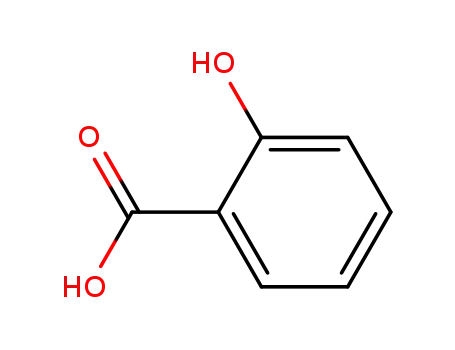
salicylic acid
-
71-43-2

benzene
-
18698-59-4

(2-acetoxy-benzoic acid )-acetic acid-anhydride
50-78-2 Downstream products
-
580-02-9

methyl acetylsalicylate
-
530-75-6

acetylsalicylsalicylic acid
-
36335-42-9

(2-acetoxy-benzoyl)-carbonic acid ethyl ester
-
103-89-9

4-Methylacetanilide
Relevant Products
-
1,2,6,7-Tetrahydro-8H-indeno[5,4-b]furan-8-one 196597-78-1
CAS:196597-78-1
-
D-(-)-Tartaric acid
CAS:147-71-7
-
Tetramisole hydrochloride
CAS:5086-74-8

